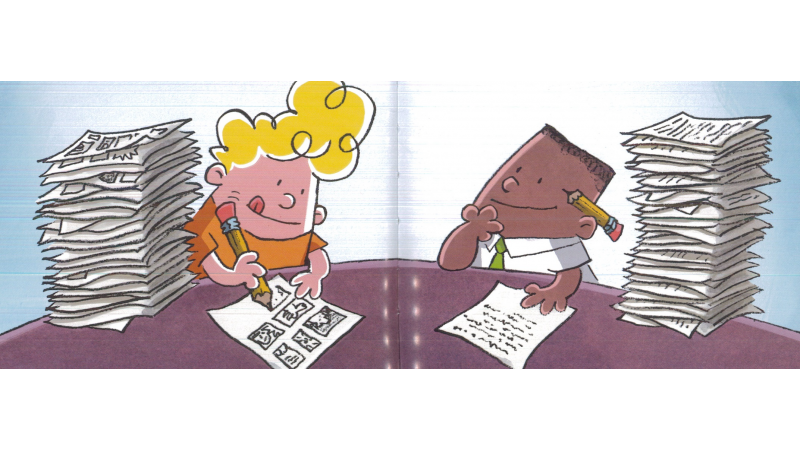Zine month is upon us, and while these self-published items have grown in popularity in the past decade+, they have actually been around for a while. For sci-fi buffs, fan magazines have been around for several decades, and the punk music scene in the latter half of the 20th century was a hotbed for the creation of zines with music and concert reviews. Most of the zines that I have encountered are created with 8.5”x11” sheets of paper photocopied and folded in half, but these volumes can come in the most creative containers imaginable – cloth envelopes, bottles, paper bags, you name it! Beyond copying, they can be produced using silk screening, painting, sewing, the local copy shop, or by using an online service that will formally bind them and give you an ISBN number. The diversity in production is also strongly reflected in the diversity of content; social justice news, art, photography, poetry, political commentary, short stories, reviews, essays, nonfiction, comics… there is a lot to look forward to if you haven’t tried zines yet.

One of the places where you may have run into a zine without realizing it is in school (literary magazines, independent student papers), so I am overly excited to reflect on the Scholastic series that features two elementary school zinesters – Dav Pilkey’s Captain Underpants collection! George Beard and Harold Hutchins, fourth grade best friends, are the proprietors of their own ‘underground press’ – Treehouse Comix, Inc. With George writing and Harold drawing, the boys create adventures for the infamous superhero Captain Underpants. To publish and share their work, they sneak into the school office to make copies of their latest issues – and then they sell them on the playground for 50 cents each!

Pilkey’s epic novels are engaging not only because of the interactive flip-o-rama action sequences, but also because he gives readers a story within a story – actual issues of George and Harold’s comic zine. As he explains in “The Origin of Captain Underpants”, Dav Pilkey invented this underwear-clad hero when he was eight years old, and he made his own original comic books. While his second grade teacher may have ripped up his first comic – “UNDERWEAR IS NOT FUNNY!” – these days we encourage students to self-publish as part of the writing workshop, a concept I learned about studying Lucy Calkins in graduate school. I took a look in the archive, and located some of our teaching resources and professional books that discuss student publishing, many of which are available as e-books. Try out some of the activities within these volumes, and we can grow the next generation of George Beards, Harold Hutchins, Dav Pilkeys, and experimental zinesters!
25 Best-Ever Collaborative Books for Young Writers, by Susan Stroeher – these templates and shapes will help create thematic collections of student writing.
35 Ready-To-Go Ways to Publish Students' Research and Writing, by Michael Gravois – lock books, trioramas, flap books, accordion books, writing cubes, dictionaries… these will appeal to kinesthetic and tactile learners.
Books Don’t Have to Be Flat, by Jean Mumper and Kathy Pike – books in cans, artifact box books, matchbook books, and more that will inspire creative packaging.
Easy-to-Make Books That Target Specific Reading Needs, by Florence Miyamoto and Joan Novelli – name books, paper bag books, letter books, photography books… lots of great ideas.
First Grade Writing Workshop, by Judy Lynch – pages 113-122 give tips on creating a publishing center in your classroom, what materials to have on hand, how-to guides for parents, info about the author/cover/dedication/copyright pages, and much more.
The Ultimate Epic Guide to Using Dav Pilkey’s Books in the Classroom – at the end of this guide there is a graphic autobiography created by Dav Pilkey that you can share with students before having them create their own.



